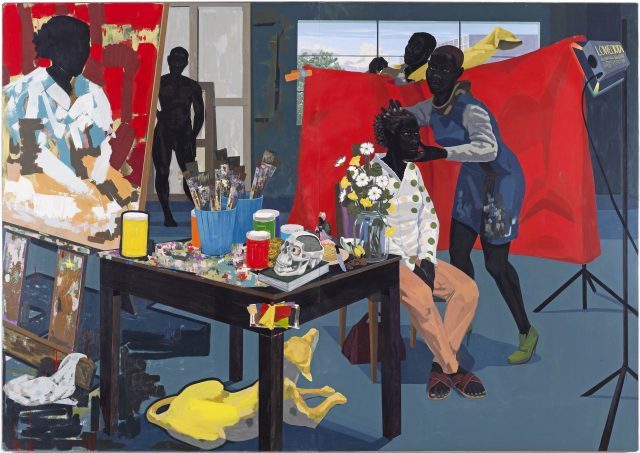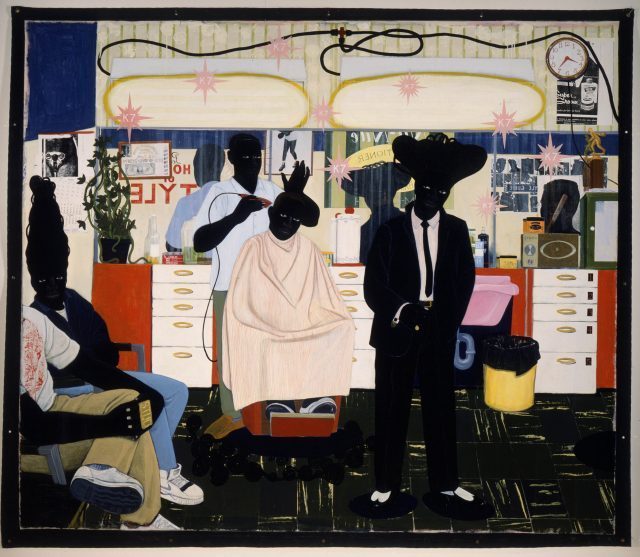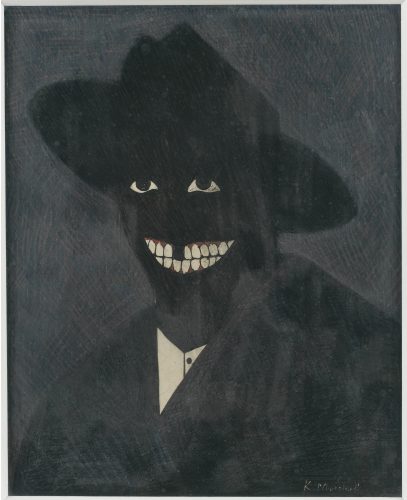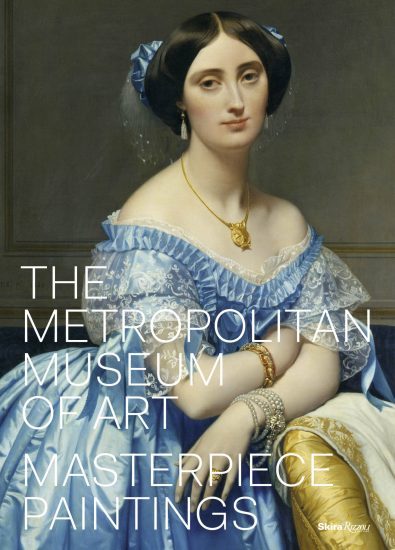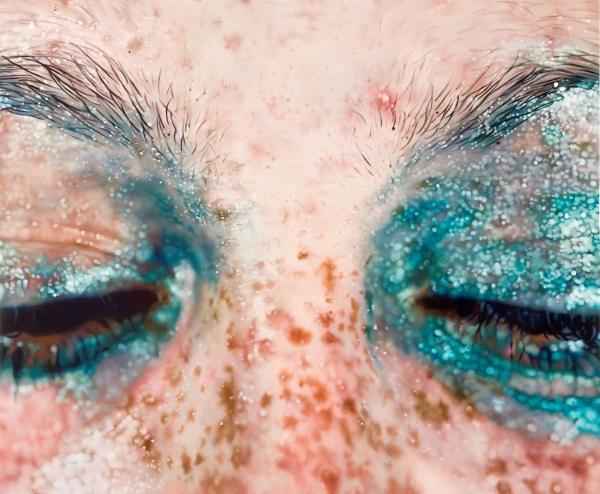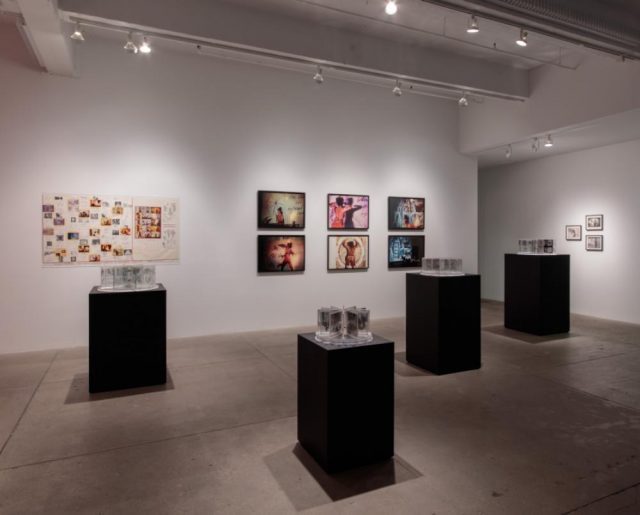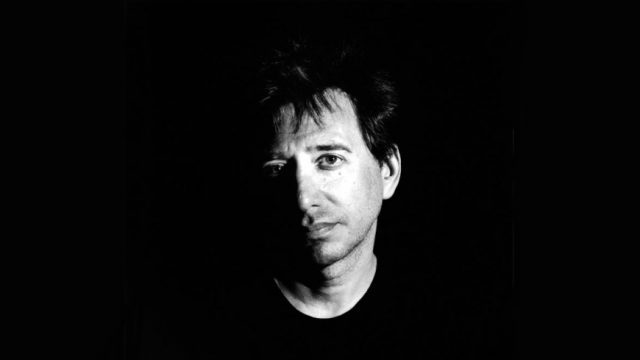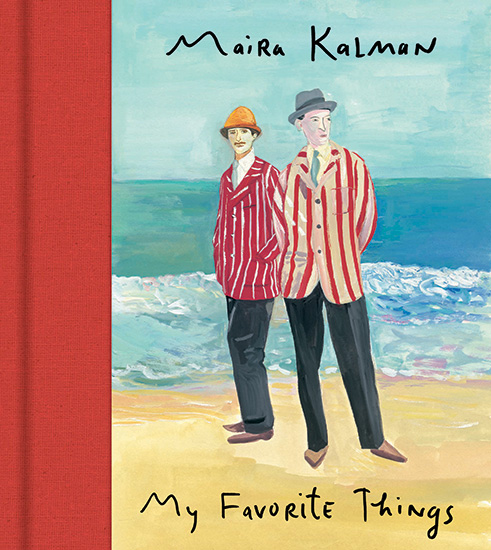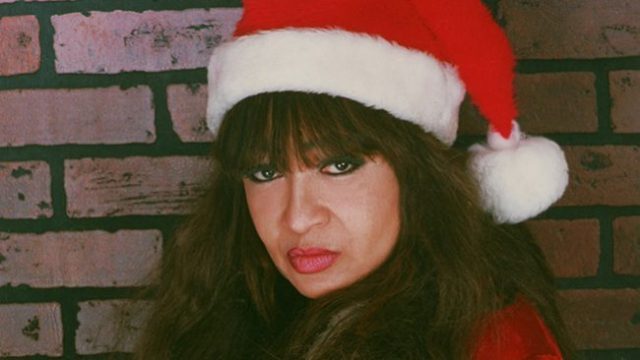
Ronnie Spector will celebrate the best Christmas ever at City Winery
New York City has tons of special programs during the holiday season, some well known and annual traditions, others more cutting edge and unique. Below is only a handful of seasonal recommendations, several of which are likely not to be on most people’s radar. Keep checking this space as more Christmas and Hanukkah celebrations are added.
Wednesday, December 14
Ingrid Michaelson’s 10th Annual Holiday Hop, with Sugar and the Hi Lows, Bowery Ballroom, 6 Delancey St., $40, 9:00
Kevin Geeks Out About Holiday Specials, with Kevin Maher, Erin Farrell, Wendy Mays, Paul Murphy, and Steve Flack, Nitehawk Cinema, 136 Metropolitan Ave. between Berry St. & Wythe Ave.$16, 9:30
Thursday, December 15
The Menorah: From the Bible to Modern Israel, with Steven Fine, Met Fifth Ave., Bonnie J. Sacerdote Lecture Hall, Uris Center for Education, 1000 Fifth Ave. at 82nd St., free with museum admission, 3:00
The Oh Hellos Present: The Oh Hellos Christmas Extravaganza, with Tyler and Maggie Heath, Music Hall of Williamsburg, 66 North Sixth St., $20-$22, 9:00
Thursday, December 15
through
Saturday, December 17
The 37th Annual Winter Solstice Celebration, with the Paul Winter Consort (soprano saxophonist Paul Winter, cellist Eugene Friesen, double-reed player Paul McCandless, keyboardist Paul Sullivan, bassist Eliot Wadopian, drummer Jamey Haddad, organist Tim Brumfield, Procol Harum singer Gary Brooker, and Forces of Nature Dance Theatre, Cathedral Church of St. John the Divine, 1047 Amsterdam Ave. at 112th St., $35-$95
Friday, December 16, 23
Holiday Music in Gilbert Court, A Renaissance Christmas with My Lord Chamberlain’s Consort, Morgan Library, 225 Madison Ave. at 36th St., free with museum admission, 6:30
Saturday, December 17
Brandenburgers Holiday Concert, with the Brooklyn Brandenburgers performing music by Bach, Corelli, Dvorak, Glickman, Ostyn, and Piazzolla, Old Stone House, 336 Third St. in Washington Park, $10, 2:00 & 7:00
Karen Luschar Sings “Mistletoe and Holly,” New York Public Library for the Performing Arts, Bruno Walter Auditorium, 40 Lincoln Center Plaza, free, 2:30
Saturday, December 17
Friday, December 23
Monday, December 26
A Darlene Love Christmas: Love for the Holidays, B. B. King Blues Club & Grill, 237 West 42nd St., $45-$82.50
Sunday, December 18
Latkepalooza!, with food, music, and family-friendly activities, Museum of Jewish Heritage, Edmond J. Safra Plaza, 36 Battery Pl., $10, 10:00 am
Hanukkah Family Day, Jewish Museum, Scheuer Auditorium, 1109 Fifth Ave. at 92nd St., free with museum admission, 12 noon – 4:00 pm

Karina Posborg is one of many filmmakers screening their Yule Log shorts at BRIC
Monday, December 19
Yule Log 2.016, fifty short films, the Stoop at BRIC Arts | Media House, 647 Fulton St., free, 1:00 – 6:00
Harmony for Peace Holiday Peace Concert, Carnegie Hall, Stern Auditorium / Perelman Stage, 881 Seventh Ave. between 56th & 57th Sts., $21-$100, 8:00
Tuesday, December 20
MetLiveArts: The Little Match Girl Passion, directed by Rachel Chavkin and starring Ekmeles, Met Breuer lobby, 945 Madison Ave. at 75th St., $65, 7:00
Tuesday, December 20
and
Wednesday, December 21
Ronnie Spector’s Best Christmas Party Ever!, City Winery, 155 Varick St. between Spring & Vandam Sts., $55-$75, 8:00
Thursday, December 22
and
Friday, December 23
Yule Shul vs. Nutcracker: Rated R — A Love Show Holiday Extravaganza, (le) poisson rouge, 158 Bleecker St. between Thompson & Sullivan Sts., $15-$35, 8:00

Thursday, December 22
through
Saturday, December 24
Merry Hanukkah with Judy Gold, Carolines on Broadway, 1626 Broadway between 49th & 50th Sts., $32.75
Saturday, December 24
A Very Jewish Christmas, with Modi, Gotham Comedy Club, 208 West 23rd St. between Seventh & 8th Aves., $25, 7:00 & 9:00
Sunday, December 25
Christmas for the Jews, with Joel Chasnoff, Dan Naturman, Cory Kahaney, and more, City Winery, 155 Varick St. between Spring & Vandam Sts., $25, 8:00
Friday, December 30
Kwanzaa 2016: Songs for the Soul, with Ruben Studdard, Dr. Linda H. Humes, and students from the Celia Cruz Bronx High School of Music, American Museum of Natural History, Milstein Hall of Ocean Life, Central Park West at 79th St., free with museum admission, 12 noon & 3:00
